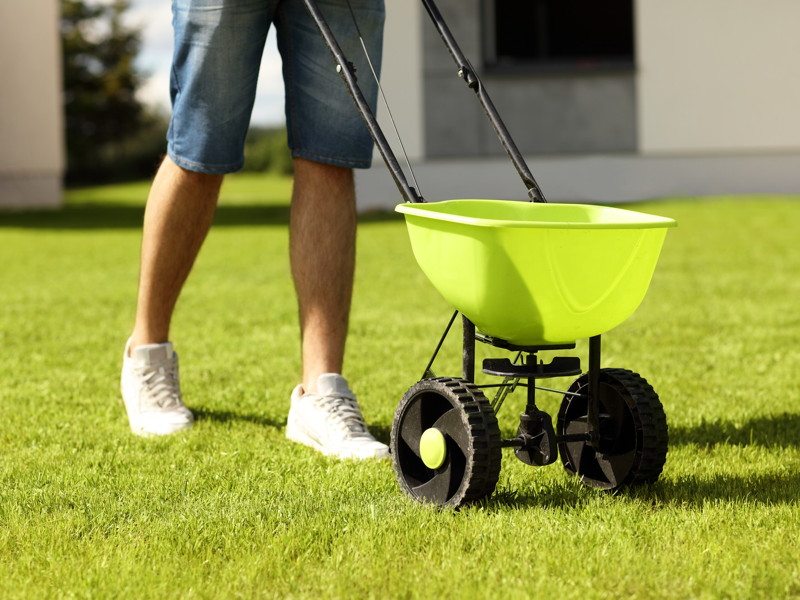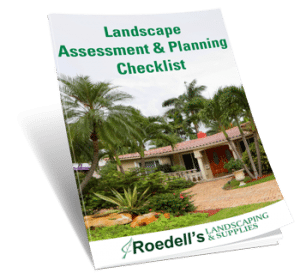We have all wondered at some point what those 3 numbers mean on all those different fertilizers you can buy at the local garden center. We might have even known at one point, but it is easy to forget and then we find ourselves puzzled again when it’s time to maintain our lawns. It is important to know what is what when it comes to having the best Orlando sod and healthiest yards. The very first order of business when it comes to fertilizer is to test you soil. By testing your soil in various areas of your lawn, you will know what your grass will need and what numbers to look for. Let us shed some light on what these numbers mean and why they are important.
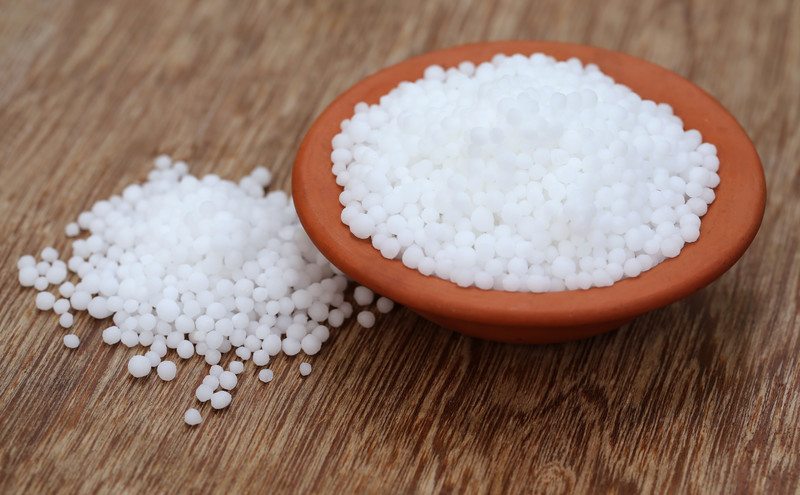
The first number represented on fertilizers is representative of the Nitrogen content. Nitrogen is the most plentiful element on Earth and is essential to every single living thing. Nitrogen is responsible for making plants and grass greener and for leaf growth. When looking at that first number, remember this. Turfgrass and plants that are mostly leaves like shrubs or hedges, will need a higher amount of nitrogen. You can tell when your grass or plants are in need of nitrogen by yellowing and little to no growth.
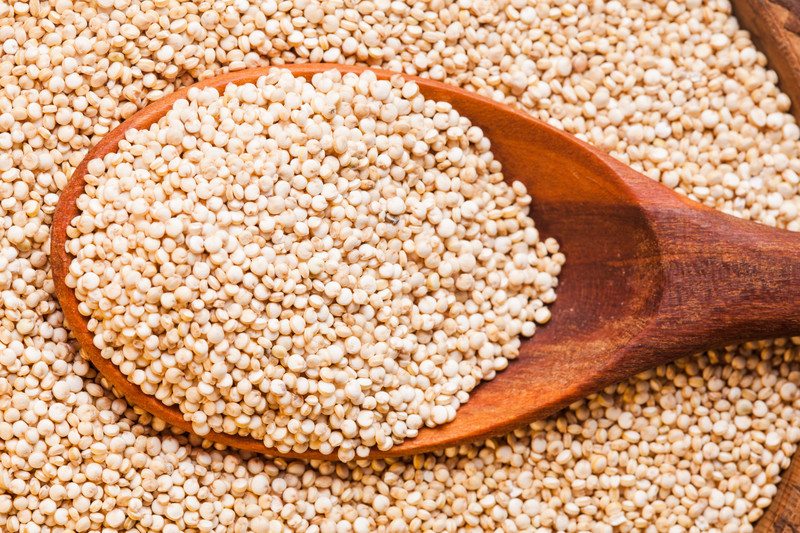
The second number that you will see on fertilizer represents the Phosphorous content. Phosphorous is also necessary for life and stimulates growth. Phosphorous promotes the development of roots and will help to establish a new lawn or sod installation. It will help anchor and strengthen plants as well and will aid in growing flowers, fruits and vegetables. Phosphorous can be dangerous, however, and many areas only allow its use on new lawns. The issue is that Phosphorous run off can make it into waterways and be very detrimental to fish and wildlife as it suffocates the oxygen out of the water. Most established lawn or plant fertilizers will have a very low or zero middle number for Phosphorous. Use caution when choosing what will work best for you and your lawn and landscaping.
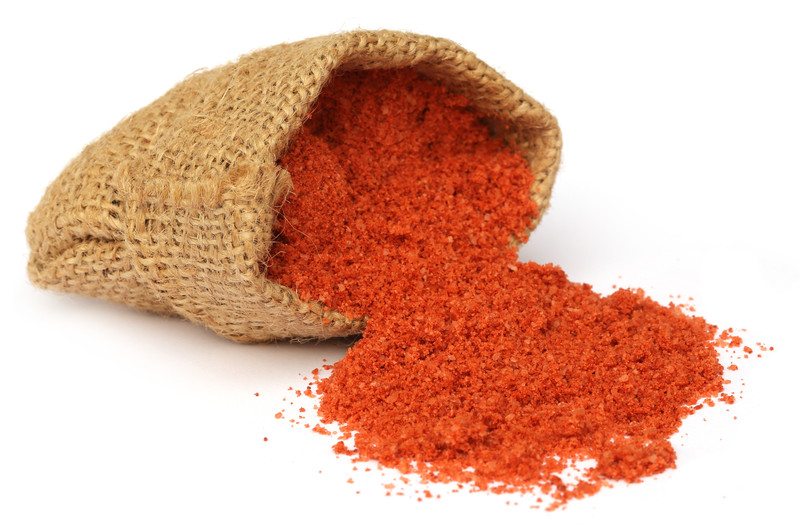
The third number on fertilizer shows the amount of Potassium included. Of course, as you could guess, Potassium is also essential to life. In grass and plants, Potassium helps to prevent disease. Potassium is also very important when growing fruits and vegetables so you want to be aware of this if you are looking for a fertilizer for your Spring garden. Potassium will also help your plants be robust and capable of withstanding weather during our hot Florida summers. If you see plants with weak stems or not growing very well, a lack of Potassium could be the culprit.
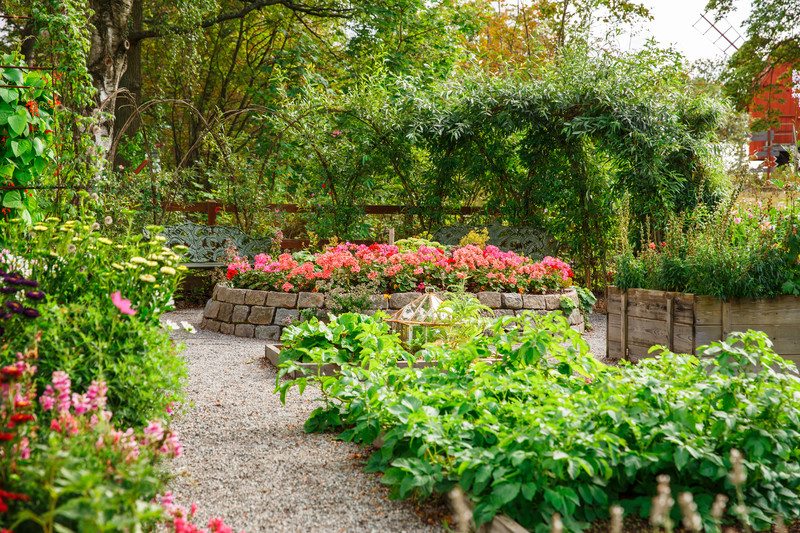
Now that you know what those numbers stand for, it will be much easier when shopping your local garden center or when discussing lawn maintenance with your professional landscaper. In general, remember these tips:
- A good standard for a good overall, all-purpose fertilizer will be equal parts, such as 10-10-10.
- When establishing a new lawn or for freshly laid sod, look for a higher middle number, but remember this is for short term use only.
- To green things up, pick a higher first number but be sure this is complementary to your soil content.
- For fruit, veggies or flower production choose a higher last number.
- To make your plants and lawn sturdy and tough to face the hot Summer or other environmental issues, look for middle and last numbers with higher values.
Lastly, use caution when fertilizing. More is NOT better in this case. Chemical fertilizers can burn plants and damage soil. Less is always better and be sure to look for organic options.
